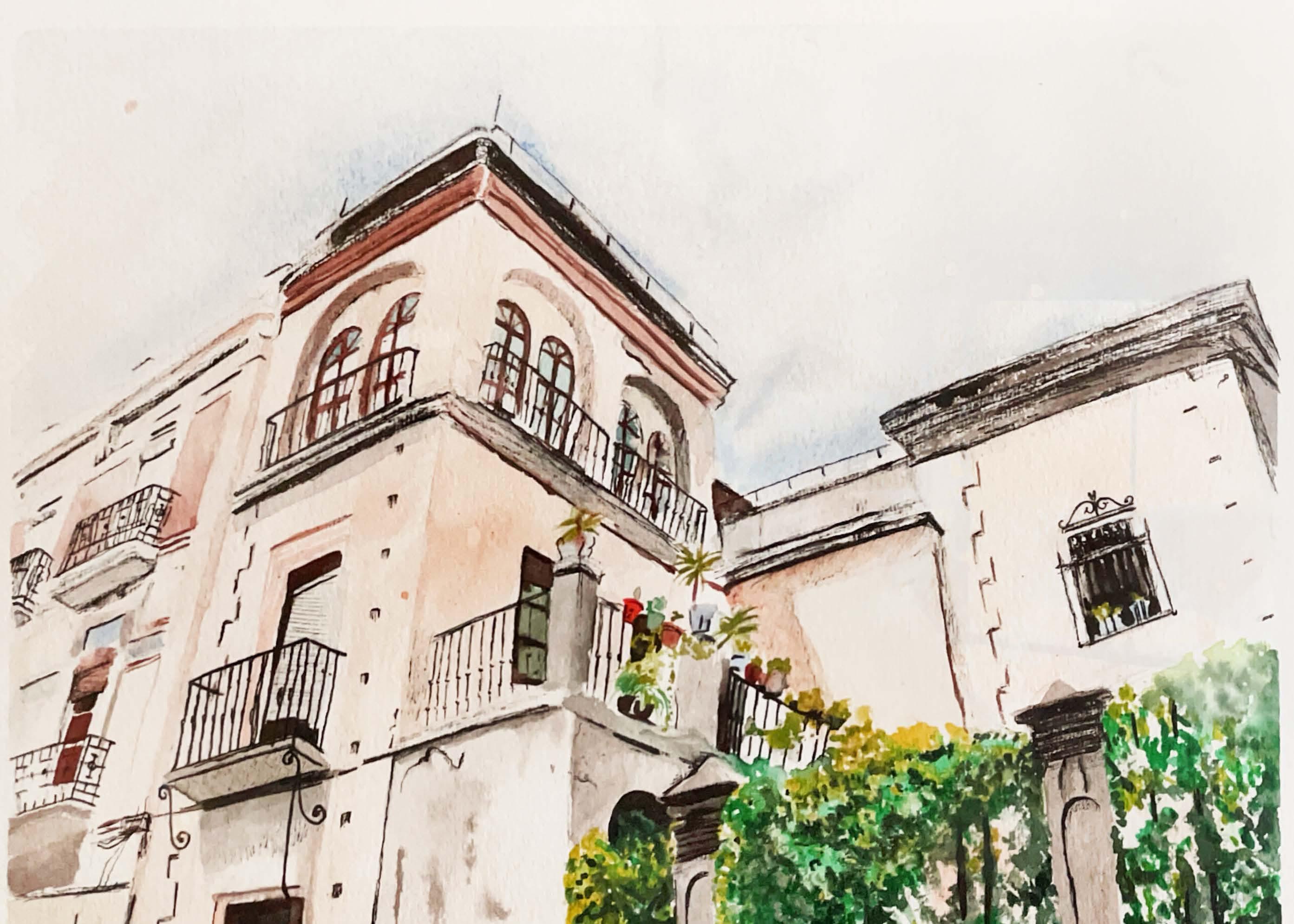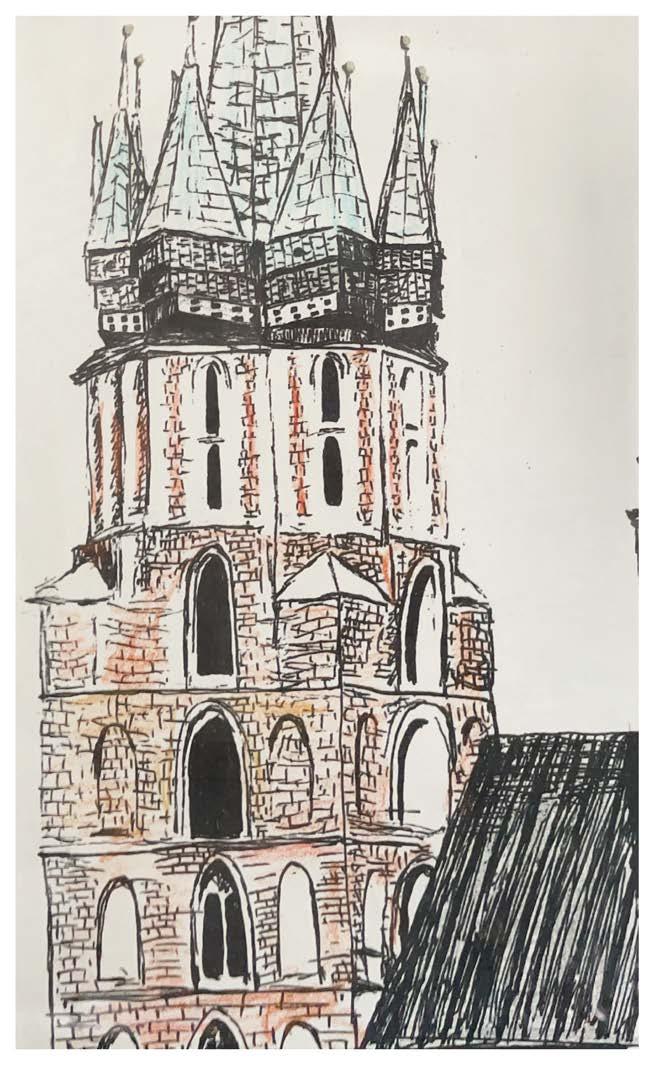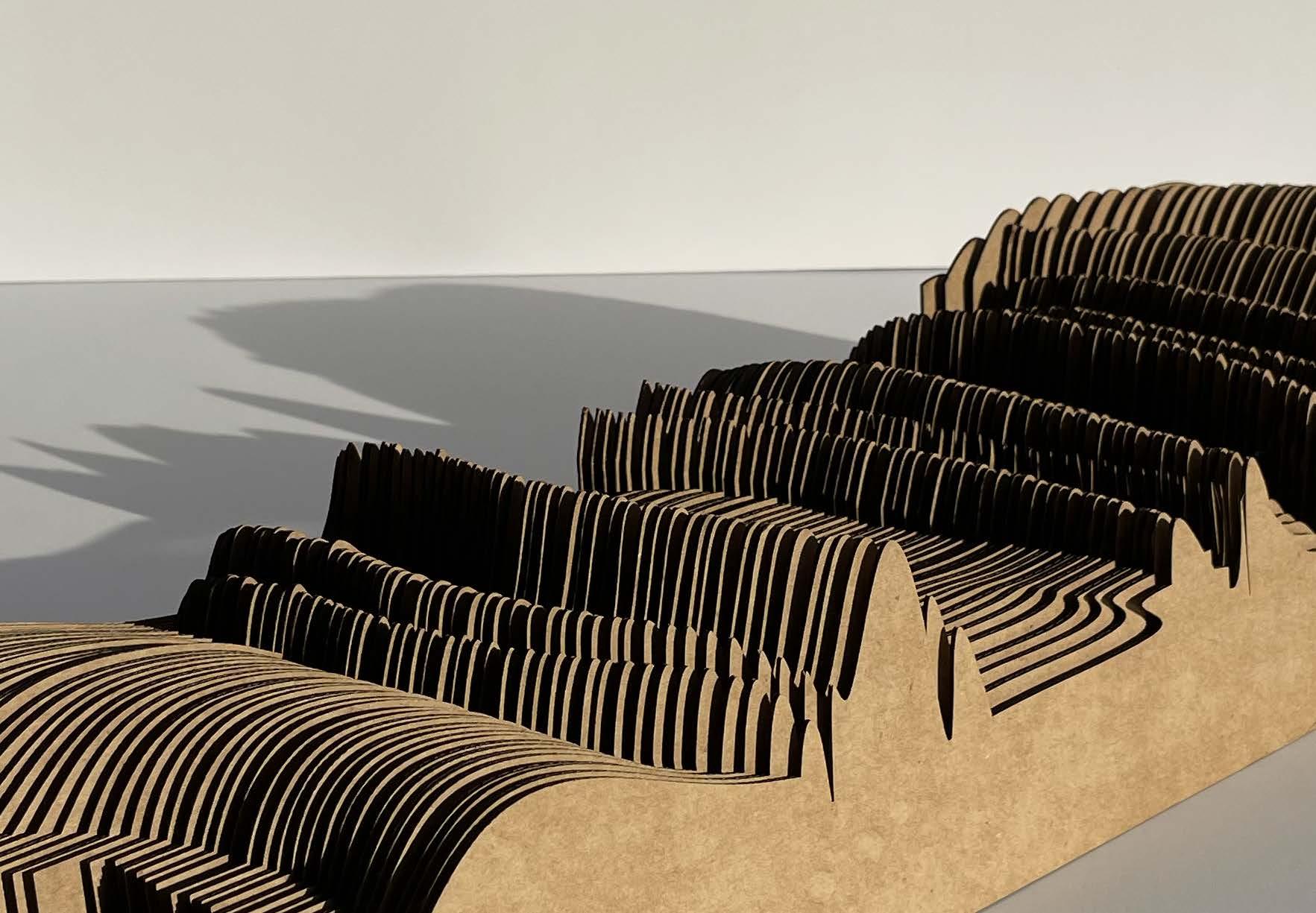
1 minute read
Hiroshima An Urban Case-Study
During World War II Hiroshima was the target of a nuclear weapons attack and in 1945 the city was destroyed by an atomic bomb. This event came to define the city and its reconstruction was focused on presenting itself as a symbolic city of peace. With the enactment of the Hiroshima Peace Memorial City Construction Law, Hiroshima was re-imagined to symbolize the pursuit of lasting peace.
The Peace Memorial Park was created downtown on the banks of the River and draws visitors from around the first city in the world to suffer a nuclear attack and to the memory of the bomb’s victims This area was previously the city’s commercial and residential center, and is now the location of peace-related monuments and facilities, museums.
Advertisement
Hiroshima is a part of a natural landscape and post bomb, it was a goal to bring back as many trees as possible. Hijiyama Park was restored, which had been completely destroyed. Cherry blossom trees were planted and are still enjoyed today. Projects which involved lining the city streets with trees began around 1950, and the city began to create boulevards. Peace boulevard, one of the main streets, leads down to the river and to the Peace Memorial Park, connecting it with Hiyajima park. It creates a continuous green way through the city and has become one of the major roads.
Like much of Japan, Hiroshima is notable for its public transportation. The Hiroshima Electric Railway, or Hiroden, is the longest and most used streetcar network in Japan.
Hiroshima is an example of green city planning following disaster and has come to stand as a symbol of peace globally.
Shinto
Hiroshima was founded in 1589 as a castle town on the Ōta River delta. It started as a small fishing village and rapidly transformed into a major urban center and industrial hub becoming a center of military activities during the imperial era
B-
C-
D-
E-
F-











